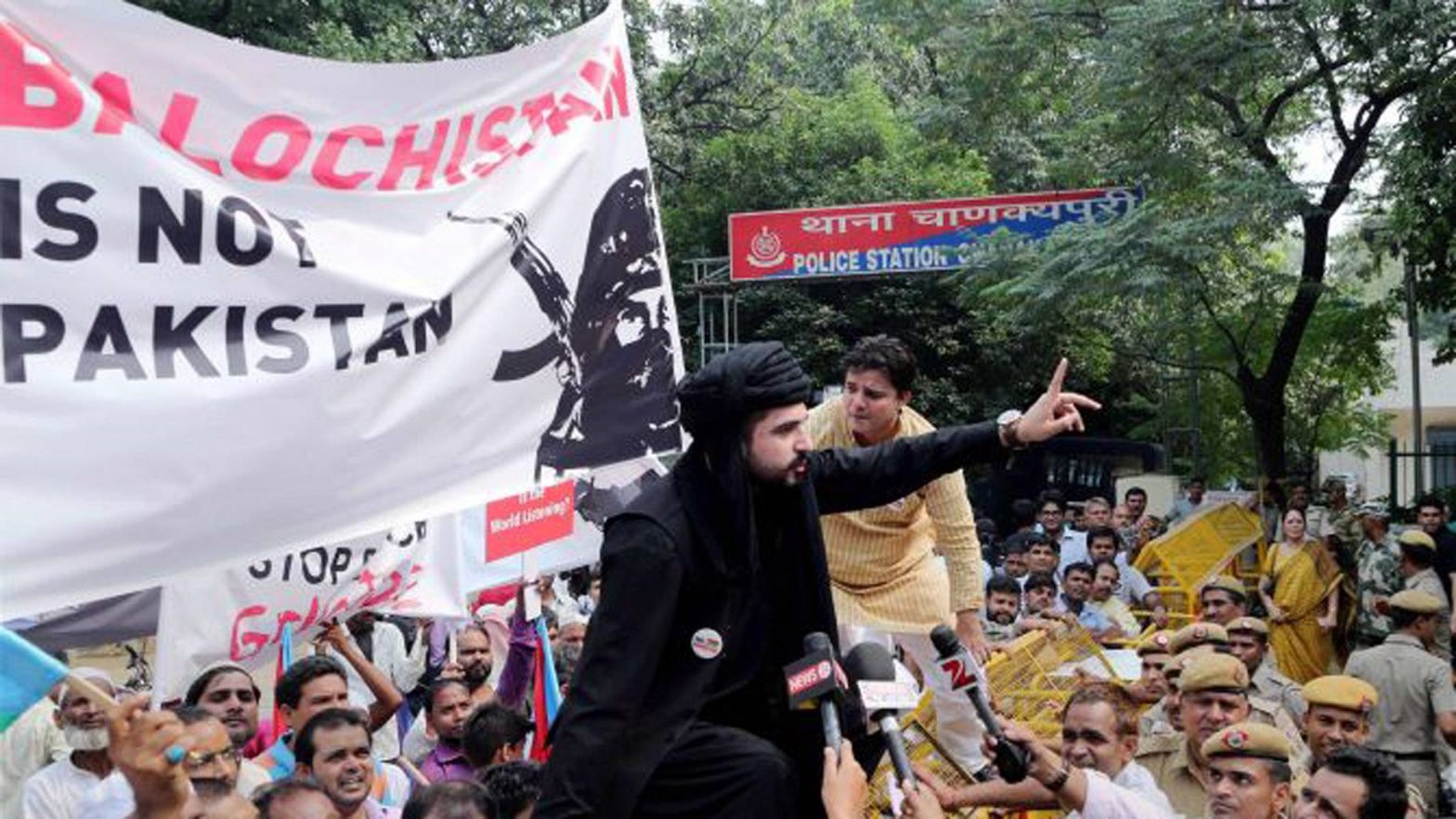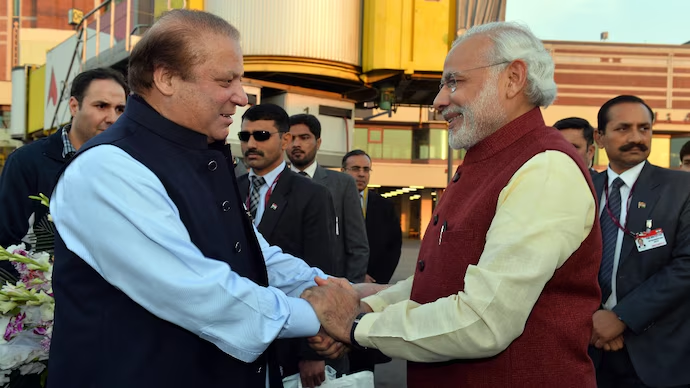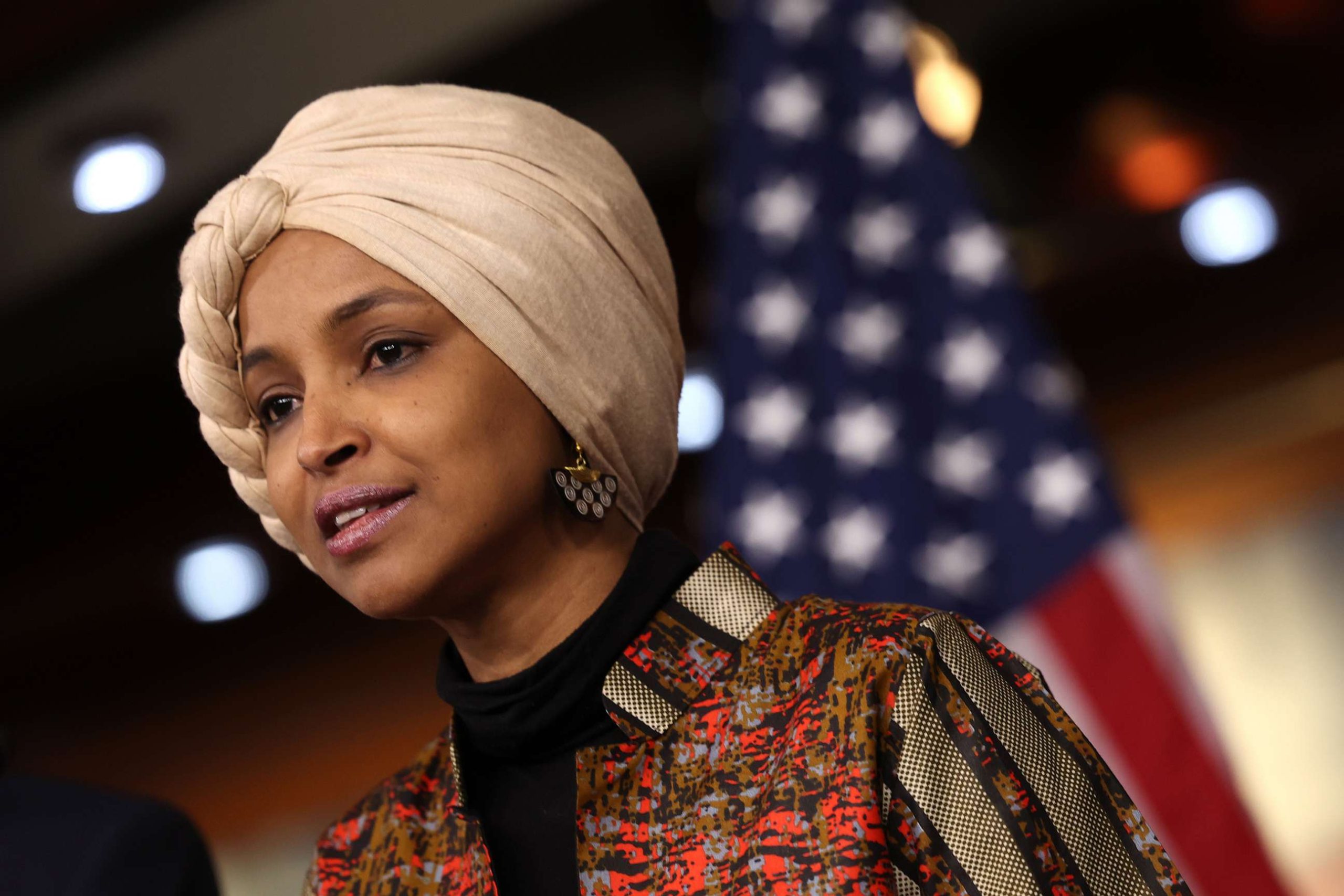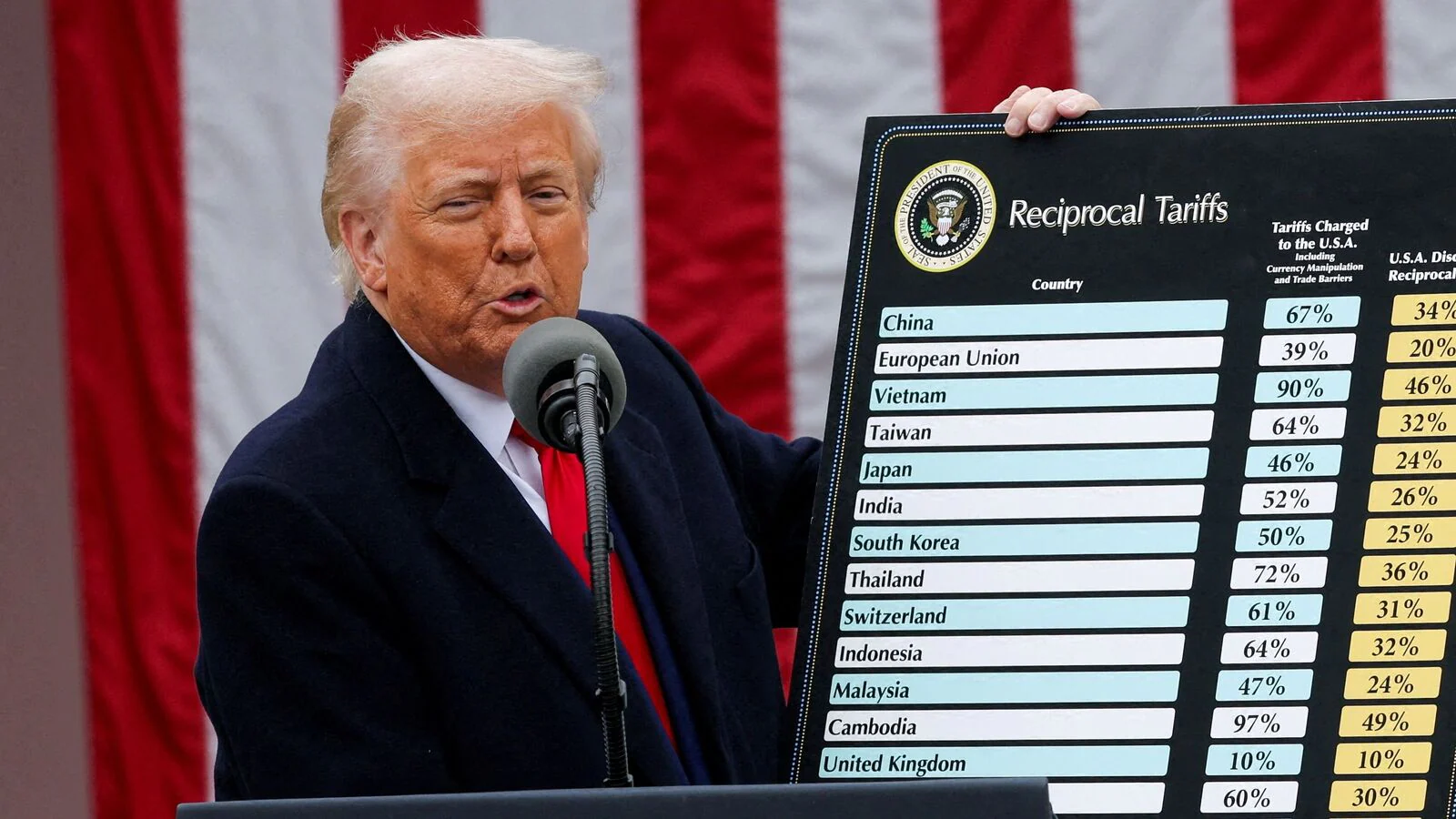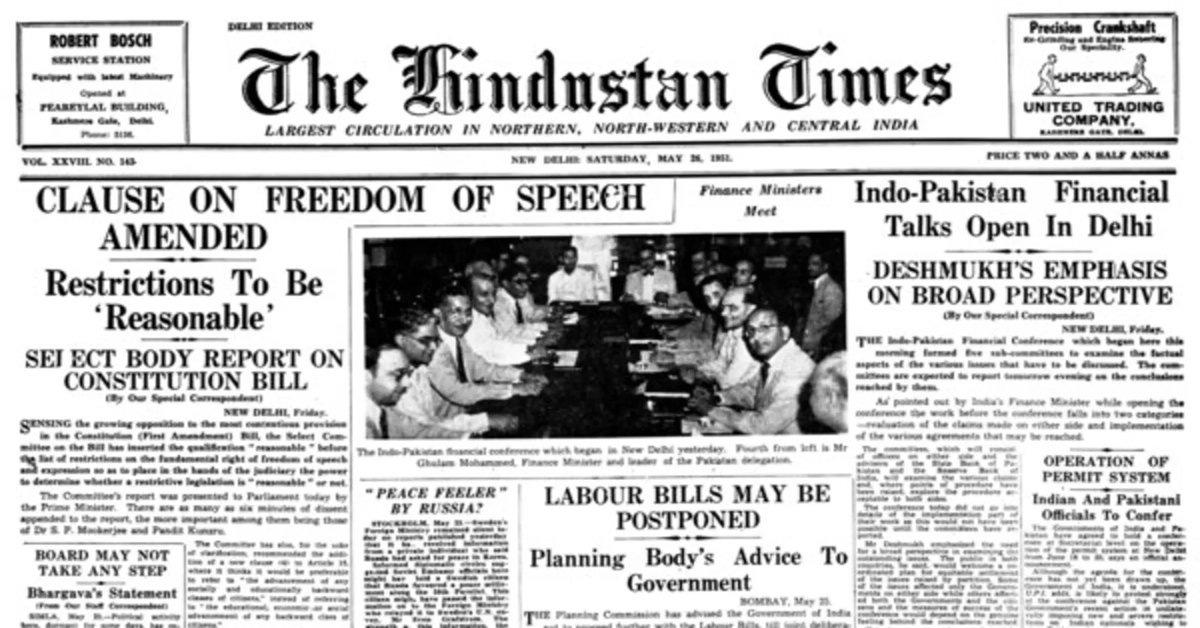Buried deep in the forgotten pages of history lies a figure who played a crucial role in the fall of Iran to the Arabs—Siah Sawar (The Black Horseman). Erased from collective memory, this man was resurrected not as a hero but as a villain in the writings of Habibullah Nobakht Shirazi, particularly in his book Shahnameh-e-Nobakht Bahar. Despite the author’s hateful tone, Siah Sawar’s role shines through vividly. Habibullah brands him a traitor, yet conveniently overlooks the humiliating treatment and atrocities Sassanid rulers inflicted upon his nation.
Anushirvan the Sassanid was a butcher of the Mazdakites. While courtiers hailed him as Anushirwan the Just (Ādil), the oppressed knew him as Anushirwan Gajastag—the Accursed. Zoroastrian Mobeds (priests) had seized control of the state. Kavad I himself knew he was merely a symbolic ruler; the true power rested with the religious elite. Though Kavad sympathized with Mazdak, Anushirvan, his successor, launched a brutal massacre of the Mazdakites. The largest group of Mazdak followers were the Baloch, who faced the full brunt of Anushirvan’s wrath.
During his return from India, Anushirvan issued a chilling decree:
“Whether armed or unarmed, leave no Baloch alive. Kill every man, every group, no matter how small.”
-Shahnameh Ferdowsi
More than 120,000 Baloch were slaughtered in a systematic genocide. The declaration followed:
“No Baloch remains. Neither men, women nor children survived. None in sight or in hiding.”
-Shahnameh Ferdowsi
But this claim in Shahnameh Ferdowsi was demonstrably false. Siah Sawar, a Baloch leader, was alive—and during the Arab invasion of Iran, he commanded a large Baloch cavalry. Letting go of past grievances, he rejoined the central Sassanid government as an influential chief.
When all tribal leaders were summoned for war consultations, Siah Sawar—intelligent and farsighted—was present. Iran was undergoing total collapse—militarily, economically, and politically. Khosrow Parviz had been murdered by his own son Sheroe (Kavad II), and the kingdom fragmented among Khosrow’s children. Khosrow had murdered his seven brothers; those who survived scattered into exile. Sheroe ruled for just six months before dying from poison (some say plague).
The empire had lost its center. Provincial governors like Hormuzan (governor of Khuzestan) had grown more powerful than the king.
During Yazdegerd III’s reign, Siah Sawar was sent with a 300-horse cavalry to defend Shushtar under Hormuzan’s command. In a strategic meeting, amidst patriotic rhetoric, Siah Sawar voiced a sober truth:
“Rather than fight the Arabs, we should make peace with them.”
Enraged by this realism, Hormuzan imprisoned Siah Sawar—the respected Baloch leader.
Ironically, Hormuzan himself was later captured by the Arabs, taken to Medina, pardoned by Khalifa Umar bin al-Khatta , and allowed to live freely. Ultimately, he was killed in the conspiracy that led to Khalifa Umar’s assassination—yet he was never branded a traitor.
Siah Sawar, by contrast, was wiped from the pages of history.
As Hegel once said:
“What we learn from history is that no one learns from history.”
And yet, not all nations react the same. Some people confront reality instead of clinging to delusions. They don’t boast in victory or dramatize defeat. Instead, they accept setbacks and rebuild, determined not to repeat past failures.
Today, it is widely understood that the conflict between Iran and Israel is far from over. A final, decisive confrontation still looms in the mind of Netanyahu, who believes in eliminating his enemies completely. He knows all too well the consequences of leaving a wounded adversary to recover and retaliate.
It is clear that Israel’s ruthless leadership has exploited the cracks within Iran’s defenses — and turning a blind eye to these vulnerabilities serves only to benefit Israel.
Iran’s Chief of General Staff, Major General Abdolrahim Mousavi, recently stated:
“The enemy’s goal was to destroy the system within 48 hours to one week and to divide Iran. But the Iranian nation defeated them.”
The first half of this statement may be true. Israel’s strikes aimed clearly at Iran’s leadership—even targeting Supreme Leader Ali Khamenei. Israeli Defense Minister Israel Katz admitted:
“We searched a lot for Khamenei but the operational opportunity did not arise.”
But the claim that Israel or the U.S. seeks to divide Iran is hard to believe. In recent decades, Western powers have not encouraged territorial disintegration even during regime changes. In Syria and Iraq, they opposed Kurdish independence.
Why? Economic interests. Western powers want direct access to resource-rich regions. They see fragmentation as an obstacle. The forces Israel supports within Iran still uphold Persian dominance, denying rights to smaller nations, labeling Kurdish, Ahwazi, Azeri, and Baloch movements as separatist—even though no such group seeks independence in political terms.
It is on record: Most exiled Kurdish, Ahwazi, Azeri, and Baloch leaders did not support the Israeli attacks. The only vocal supporter was Reza Pahlavi, the exiled son of the last Shah, who urged Iranians to use this moment for internal revolution.
In fact, Israel did not launch its strikes from Kurdistan or Balochistan, but from deep within central Iran. Drone factories were discovered in the very heart of the country, with attacks being carried out directly from Iranian soil.
Among Iran’s 31 provinces, Israel did not target seven, including Sistan and Balochistan. The others were North Khorasan, South Khorasan, Kerman, Chaharmahal & Bakhtiari, and Kohgiluyeh & Boyer-Ahmad (a Lur-majority oil-producing province).
South Khorasan and Kerman provinces share borders with Balochistan, and eastern Kerman includes areas with a Baloch majority. This does not imply that Balochistan lacked strategic value—it is home to the vital Chabahar Port, making it a highly sensitive region. Two possibilities emerge:
- Israel found no local collaborators in Balochistan.
- Israel focused solely on dismantling Iran’s power centers, avoiding civil war or internal chaos.
I lean toward the second.
As a student of regional affairs, I awaited news after the Iran-Israel war—news of a high-level arrest, someone inside the regime proven to be an Israeli agent. Because the kind of intelligence Israel had couldn’t have come from Afghan refugees or Kurdish or Baloch rebels.
And yet, the wrath falls upon the Kurds and Baloch. No one denies that armed resistance exists among them—but linking them to Israel’s operations lacks strong evidence.
On Wednesday, July 2, 2025, in the village of Gonich near Khash (Balochistan), Iranian forces raided the village, killing two Baloch women, causing a miscarriage in another woman, and injuring eight others. Officials claimed they were pursuing five foreign suspects with direct ties to Mossad who had taken shelter among the local population.
The echoes of “Bloody Friday” in Zahedan still linger—on December 30, 2022, when protests over the rape of a 15-year-old Baloch girl during Friday prayers led to a massacre. The accused officer, Ibrahim Kochakzaei, was later sentenced—but the trust was broken.
Since then, relations between Baloch spiritual leader Molavi Abdul Hamid Ismaeelzahi and Tehran have not recovered.
The Baloch still live close to their traditional values. Unlike the urban majority, where family bonds have eroded, where parents avoid their children and vice versa—now common in modern cities—the Baloch maintain deep ties. They consider even their great-grandparents’ siblings’ children as part of their family. Killing a Baloch is not just a murder—it’s an assault on a tribe, unleashing a firestorm of revenge that spreads like wildfire.
This is Iran’s crumbling wall of defense—not broken by foreign enemies, but by the arrogance and neglect of the ruling elite, who view the Baloch as backward nomads.
Surely, among today’s leaders, there must be voices like Siah Sawar’s, offering wise counsel. But such advice seems unwelcome. If enemies like Israel ever strike at these weak walls, Iran’s rulers will have already made their job easier.
Back to history:
Siah Sawar, freed from Hormuzan’s prison through the intervention of a friend, sent a message to the Arabs during the heat of battle—offering to join them on his own terms. Khalifa Umar accepted the Baloch conditions. Consequently, Siah Sawar abandoned the Sassanids and allied himself with the Arabs.
Soon after, the first Iranian fortress fell. The man who opened the gate was Siah Sawar—in Persian military uniform, yet now on the enemy’s side. A man humiliated, his people massacred, his loyalty repaid with betrayal. Now, he fought for the Arabs, with intimate knowledge of Iran.
Iran fell to the Arabs.
Siah Sawar, one of the most erased figures in history, still leaves behind a lesson—
A lesson rulers refuse to learn, as Hegel once said.
Written By – Qazi Dad Mohammad Rehan
Qazi Dad Mohammad Rehan is the Information and Cultural Secretary of BNM. He also served in this position from 2008 to 2009 as the youngest cabinet member in Party History. And founded the party’s printing organization Zrumbesh Publications. Founded and served as Director of Zrumbush Broadcasting Corporation in 2015. Re-elected Information Secretary in the April 2022 session.
Note: The opinions reflected in the article are the author’s own and do not necessarily reflect the views and editorial line of ForPol.



